Emma Rocheteau
Bridging Graph and State-Space Modeling for Intensive Care Unit Length of Stay Prediction
Aug 24, 2025Abstract:Predicting a patient's length of stay (LOS) in the intensive care unit (ICU) is a critical task for hospital resource management, yet remains challenging due to the heterogeneous and irregularly sampled nature of electronic health records (EHRs). In this work, we propose S$^2$G-Net, a novel neural architecture that unifies state-space sequence modeling with multi-view Graph Neural Networks (GNNs) for ICU LOS prediction. The temporal path employs Mamba state-space models (SSMs) to capture patient trajectories, while the graph path leverages an optimized GraphGPS backbone, designed to integrate heterogeneous patient similarity graphs derived from diagnostic, administrative, and semantic features. Experiments on the large-scale MIMIC-IV cohort dataset show that S$^2$G-Net consistently outperforms sequence models (BiLSTM, Mamba, Transformer), graph models (classic GNNs, GraphGPS), and hybrid approaches across all primary metrics. Extensive ablation studies and interpretability analyses highlight the complementary contributions of each component of our architecture and underscore the importance of principled graph construction. These results demonstrate that S$^2$G-Net provides an effective and scalable solution for ICU LOS prediction with multi-modal clinical data.
A collection of the accepted abstracts for the Machine Learning for Health symposium 2021
Nov 30, 2021Abstract:A collection of the accepted abstracts for the Machine Learning for Health (ML4H) symposium 2021. This index is not complete, as some accepted abstracts chose to opt-out of inclusion.
Predicting Patient Outcomes with Graph Representation Learning
Jan 11, 2021
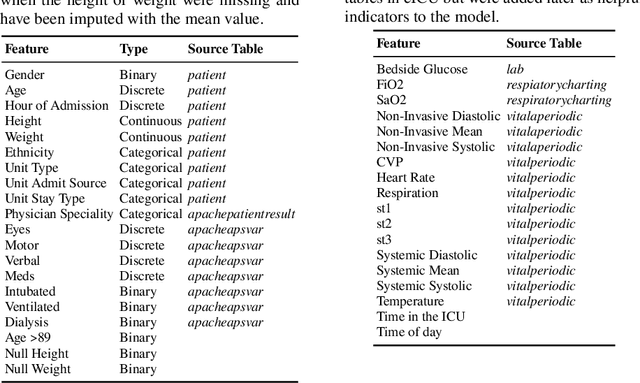


Abstract:Recent work on predicting patient outcomes in the Intensive Care Unit (ICU) has focused heavily on the physiological time series data, largely ignoring sparse data such as diagnoses and medications. When they are included, they are usually concatenated in the late stages of a model, which may struggle to learn from rarer disease patterns. Instead, we propose a strategy to exploit diagnoses as relational information by connecting similar patients in a graph. To this end, we propose LSTM-GNN for patient outcome prediction tasks: a hybrid model combining Long Short-Term Memory networks (LSTMs) for extracting temporal features and Graph Neural Networks (GNNs) for extracting the patient neighbourhood information. We demonstrate that LSTM-GNNs outperform the LSTM-only baseline on length of stay prediction tasks on the eICU database. More generally, our results indicate that exploiting information from neighbouring patient cases using graph neural networks is a promising research direction, yielding tangible returns in supervised learning performance on Electronic Health Records.
Deep Transfer Learning for Automated Diagnosis of Skin Lesions from Photographs
Nov 06, 2020
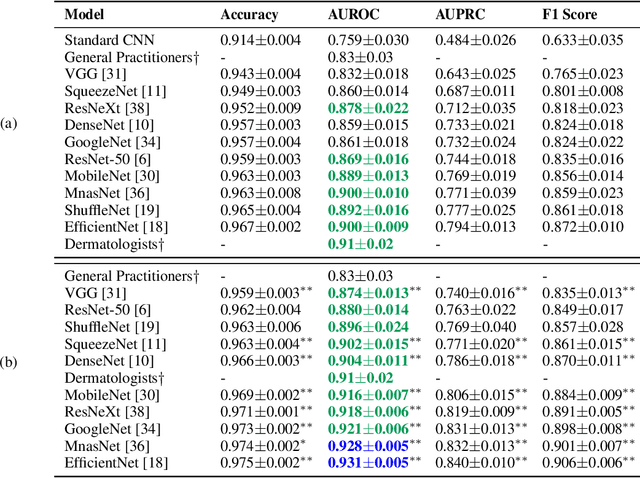

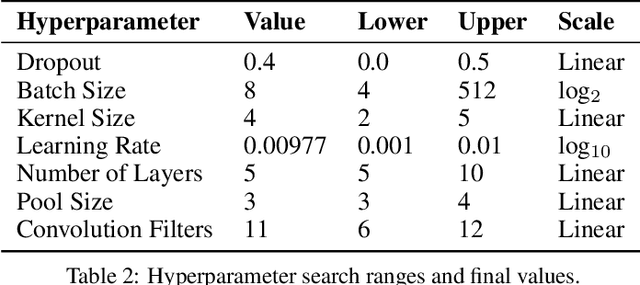
Abstract:Melanoma is the most common form of skin cancer worldwide. Currently, the disease is diagnosed by expert dermatologists, which is costly and requires timely access to medical treatment. Recent advances in deep learning have the potential to improve diagnostic performance, expedite urgent referrals and reduce burden on clinicians. Through smart phones, the technology could reach people who would not normally have access to such healthcare services, e.g. in remote parts of the world, due to financial constraints or in 2020, COVID-19 cancellations. To this end, we have investigated various transfer learning approaches by leveraging model parameters pre-trained on ImageNet with finetuning on melanoma detection. We compare EfficientNet, MnasNet, MobileNet, DenseNet, SqueezeNet, ShuffleNet, GoogleNet, ResNet, ResNeXt, VGG and a simple CNN with and without transfer learning. We find the mobile network, EfficientNet (with transfer learning) achieves the best mean performance with an area under the receiver operating characteristic curve (AUROC) of 0.931$\pm$0.005 and an area under the precision recall curve (AUPRC) of 0.840$\pm$0.010. This is significantly better than general practitioners (0.83$\pm$0.03 AUROC) and dermatologists (0.91$\pm$0.02 AUROC).
Temporal Pointwise Convolutional Networks for Length of Stay Prediction in the Intensive Care Unit
Jul 18, 2020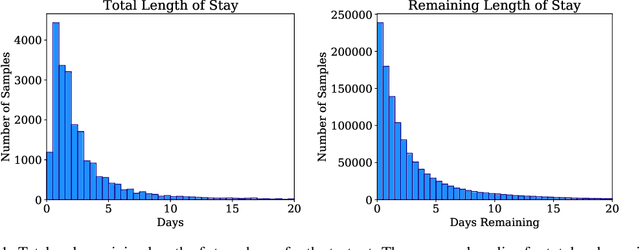
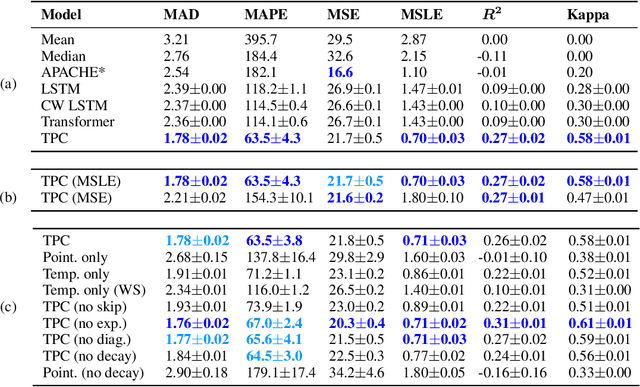

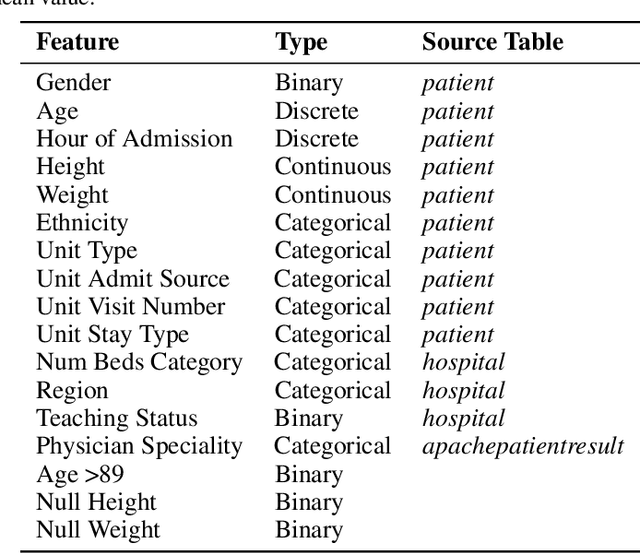
Abstract:The pressure of ever-increasing patient demand and budget restrictions make hospital bed management a daily challenge for clinical staff. Most critical is the efficient allocation of resource-heavy Intensive Care Unit (ICU) beds to the patients who need life support. Central to solving this problem is knowing for how long the current set of ICU patients are likely to stay in the unit. In this work, we propose a new deep learning model based on the combination of temporal convolution and pointwise (1x1) convolution, to solve the length of stay prediction task on the eICU critical care dataset. The model - which we refer to as Temporal Pointwise Convolution (TPC) - is specifically designed to mitigate for common challenges with Electronic Health Records, such as skewness, irregular sampling and missing data. In doing so, we have achieved significant performance benefits of 18-51% (metric dependent) over the commonly used Long-Short Term Memory (LSTM) network, and the multi-head self-attention network known as the Transformer.
Predicting Length of Stay in the Intensive Care Unit with Temporal Pointwise Convolutional Networks
Jun 29, 2020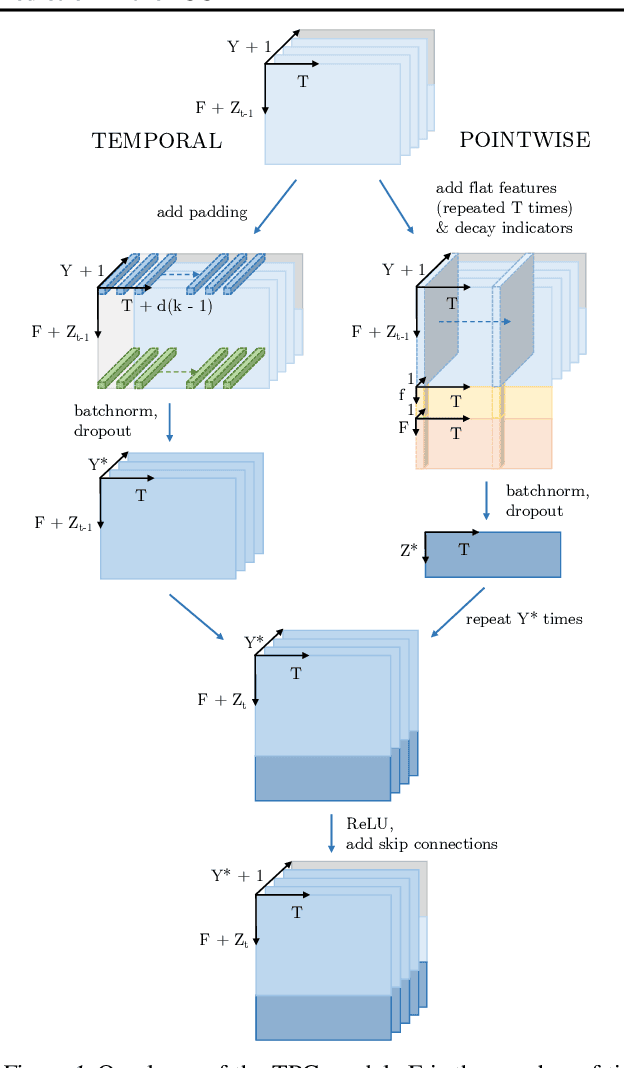
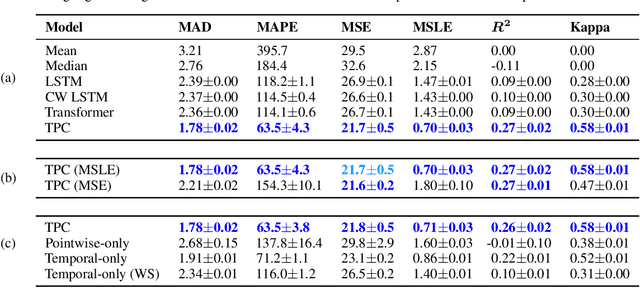
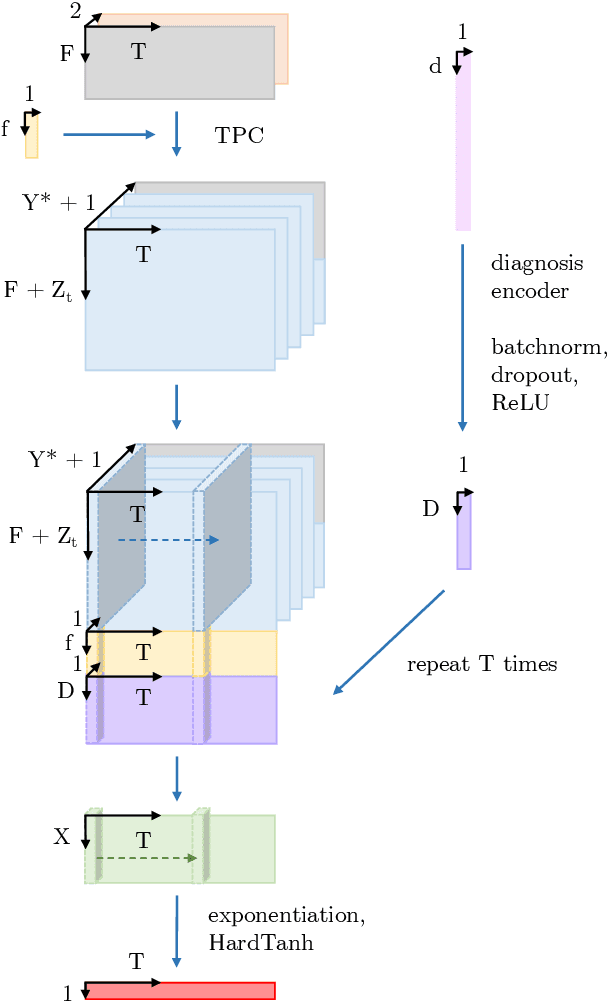
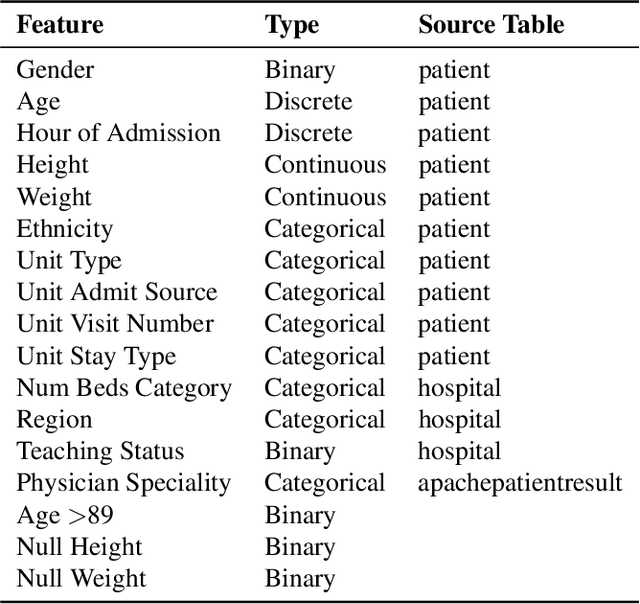
Abstract:The pressure of ever-increasing patient demand and budget restrictions make hospital bed management a daily challenge for clinical staff. Most critical is the efficient allocation of resource-heavy Intensive Care Unit (ICU) beds to the patients who need life support. Central to solving this problem is knowing for how long the current set of ICU patients are likely to stay in the unit. In this work, we propose a new deep learning model based on the combination of temporal convolution and pointwise (1x1) convolution, to solve the length of stay prediction task on the eICU critical care dataset. The model - which we refer to as Temporal Pointwise Convolution (TPC) - is specifically designed to mitigate for common challenges with Electronic Health Records, such as skewness, irregular sampling and missing data. In doing so, we have achieved significant performance benefits of 18-51% (metric dependent) over the commonly used Long-Short Term Memory (LSTM) network, and the multi-head self-attention network known as the Transformer.
 Add to Chrome
Add to Chrome Add to Firefox
Add to Firefox Add to Edge
Add to Edge